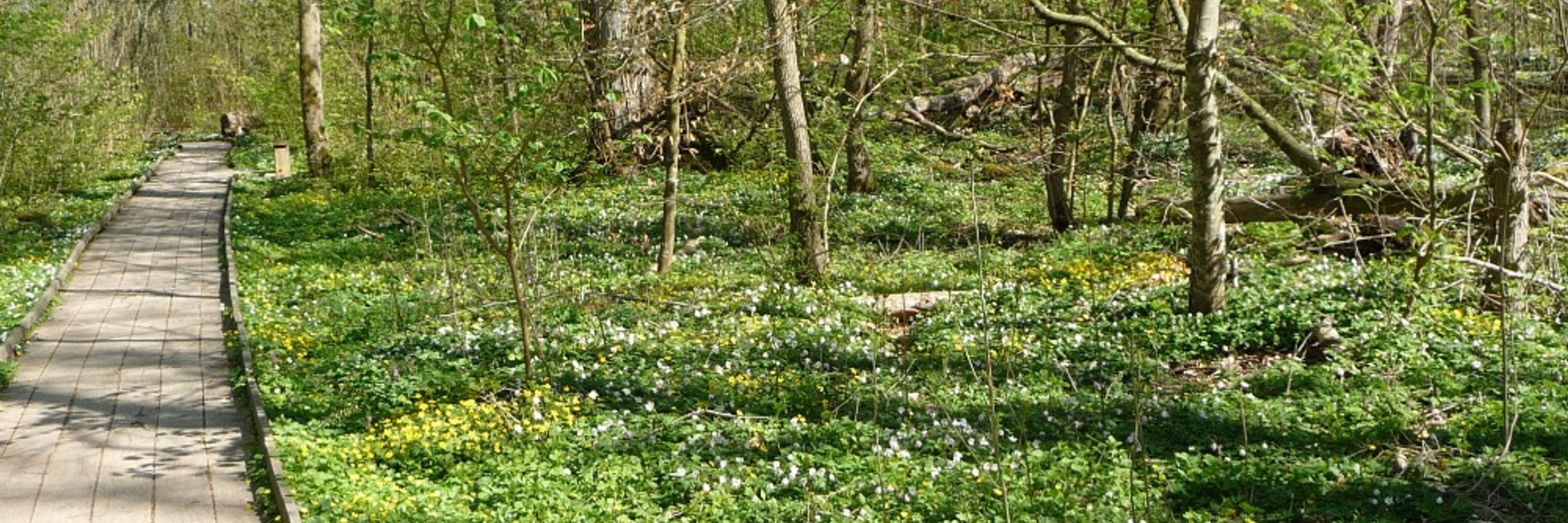Lena Strid
@lenamstrid.bsky.social
1.2K followers
220 following
260 posts
Zooarchaeologist, medievalist, re-enactor. PhD on parchment production in Scandinavia (in progress).
Posts
Media
Videos
Starter Packs
Reposted by Lena Strid
Reposted by Lena Strid
Reposted by Lena Strid
Reposted by Lena Strid
Reposted by Lena Strid
Reposted by Lena Strid
Reposted by Lena Strid
Reposted by Lena Strid
Reposted by Lena Strid
Reposted by Lena Strid
Reposted by Lena Strid
Reposted by Lena Strid
Reposted by Lena Strid
Reposted by Lena Strid
Reposted by Lena Strid
Reposted by Lena Strid
Reposted by Lena Strid
Reposted by Lena Strid





















